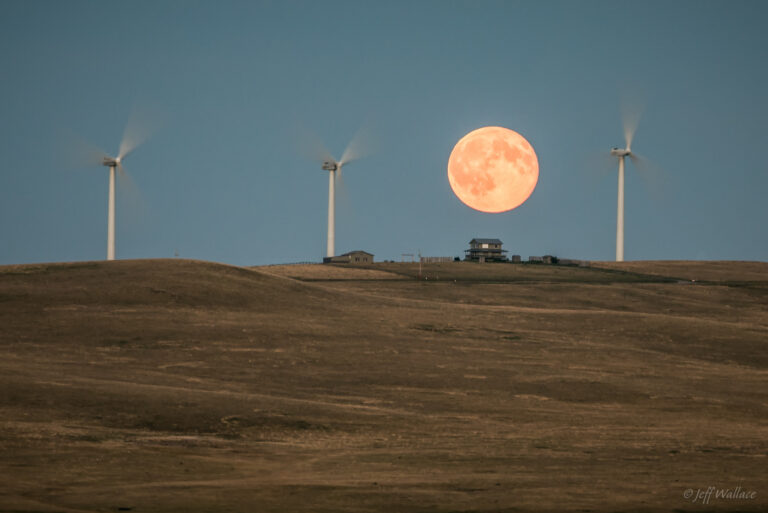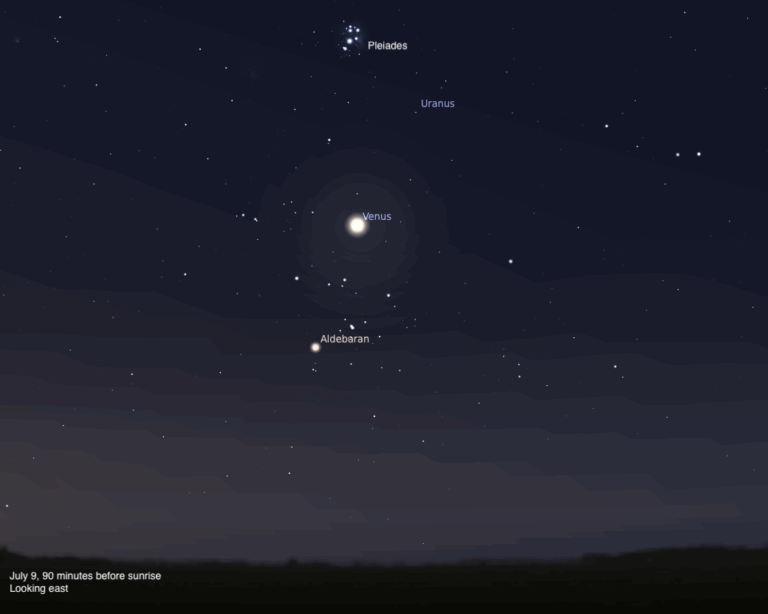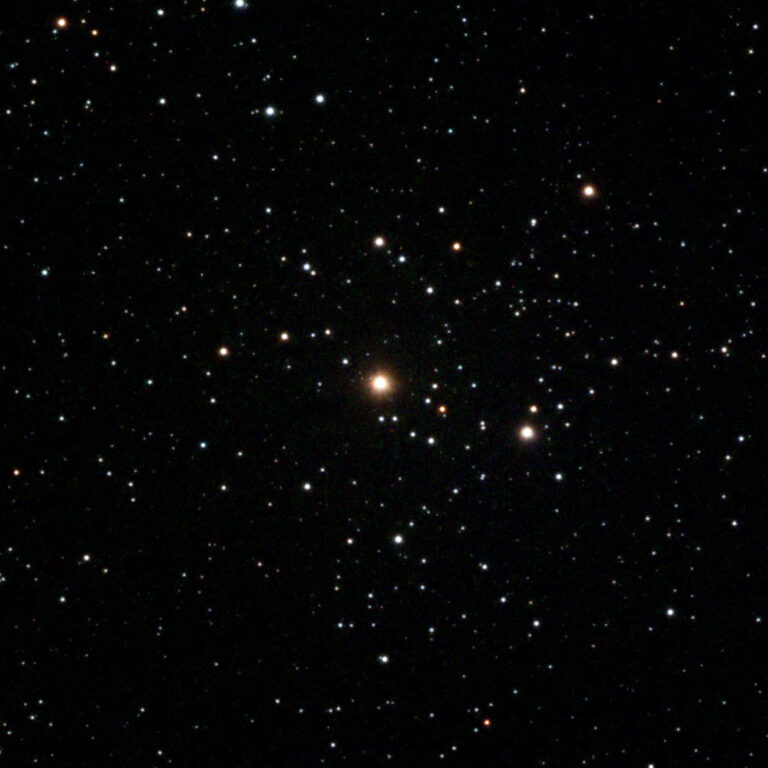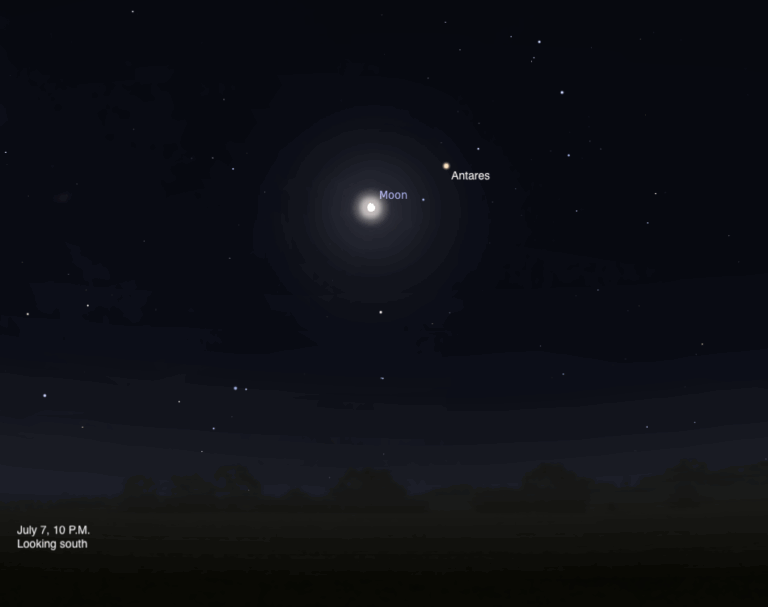Key Takeaways:
Just as it looked as though all was lost, our story’s hero, Perseus, swooped out of the sky on the back of Pegasus the Flying Horse and saved her.
We can still find Perseus standing protectively over Andromeda in this issue’s all-sky map on page 63 — even though trying to see the figure of a mighty warrior is a stretch. Instead, Perseus looks more like two jagged arcs of stars curving away from the W pattern of Cassiopeia. The constellation’s brightest star, Mirfak (Alpha [α] Persei), lies about two-thirds of the way along a line that stretches from Pegasus in the northwest to the bright star Capella in Auriga. Shining at magnitude 1.8, Mirfak is classified as a white giant star and lies about 500 light-years away.
Examining Mirfak through binoculars, we find it surrounded by dozens of fainter stars scattered in small clumps and patterns. While most of the stars appear white or blue-white, a few show slight tinges of yellow or orange. Search for the orange
star Sigma (σ) Persei, one of three suns forming a small triangle south of Mirfak. Also, look for two whitish double stars to the north of Mirfak.
In Perseus, you’ll find two wonderful open star clusters that appear as two overlapping circles on the map. Their labels, NGC 869 and NGC 884, correspond to their entry numbers in the New General Catalogue. You might also know them by their combined nickname, the Double Cluster.
Even from suburban skies, your unaided eyes can see the Double Cluster as a small, faint smudge of light between Perseus and Cassiopeia. Find them through your binoculars by extending a line from Gamma (γ) Cassiopeiae, the center star of the W, through Delta (δ) Cas and continuing east.
If you maintain a straight course, you will see both clusters as two tiny knots of stars. The one closer to Cassiopeia, NGC 869, appears more densely packed. Most of the stars look either white or blue-white, but you might notice a few yellow and orange stars as well. To make subtle star colors stand out more vividly, defocus your scope slightly.
Finally, let’s take aim at the open cluster M34. You’ll find it about halfway between the stars Gamma (Almach) in Andromeda and Beta (b) (Algol) in Perseus. A great target for binoculars, M34 covers an area as large as the Full Moon. Look for the brightest of its 100 stars twinkling in the hazy glow of fainter, unresolved suns.
Let me close for now by extending my best to you and yours for a very happy new year. May we all enjoy many clear nights throughout 2006. And if you have a favorite binocular target, I would love to hear about it and possibly include your observations in a future column. Send me your thoughts via e-mail.
Next month, we visit the grandest constellation of all! Till then, remember: Two eyes are better than one!











